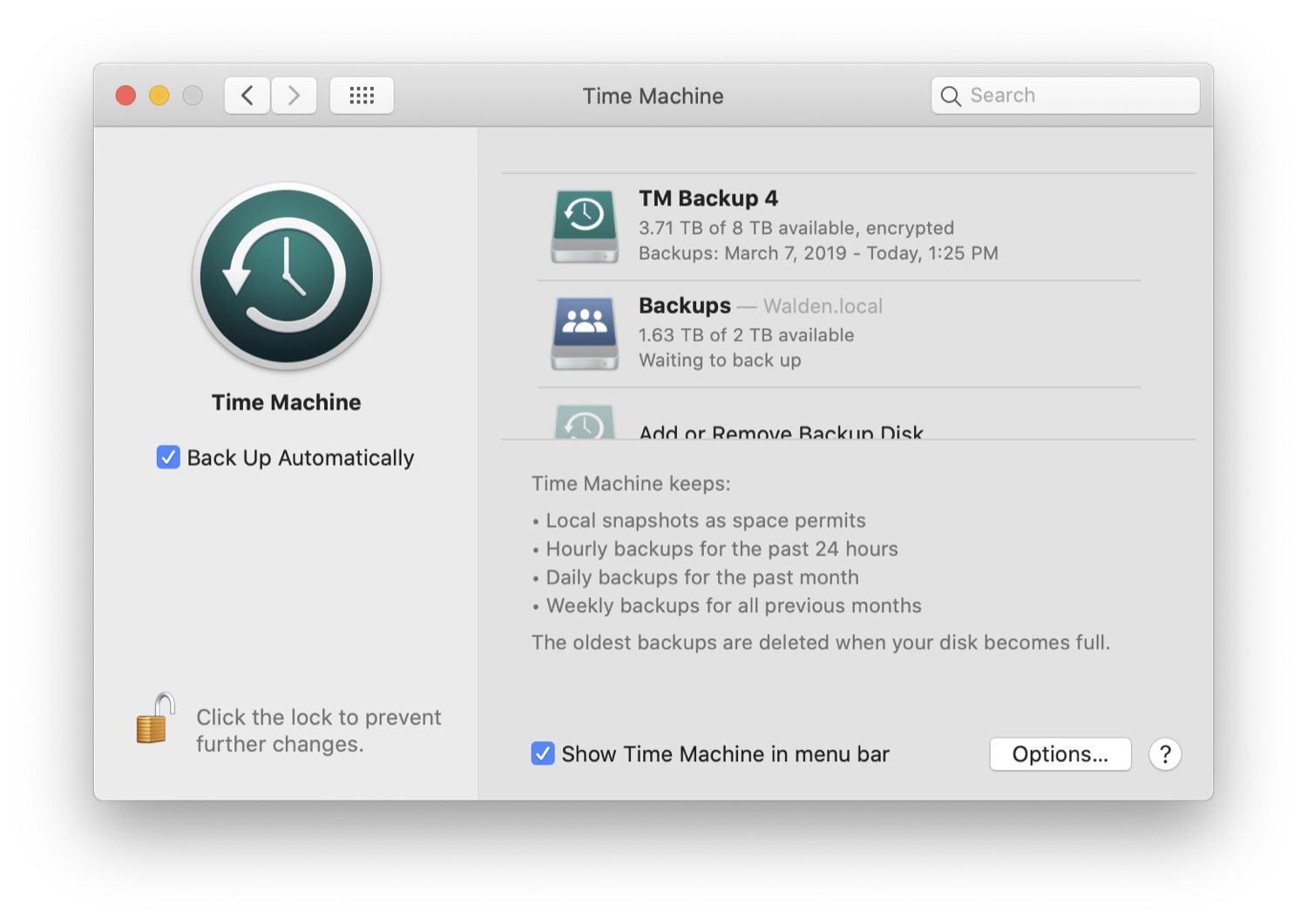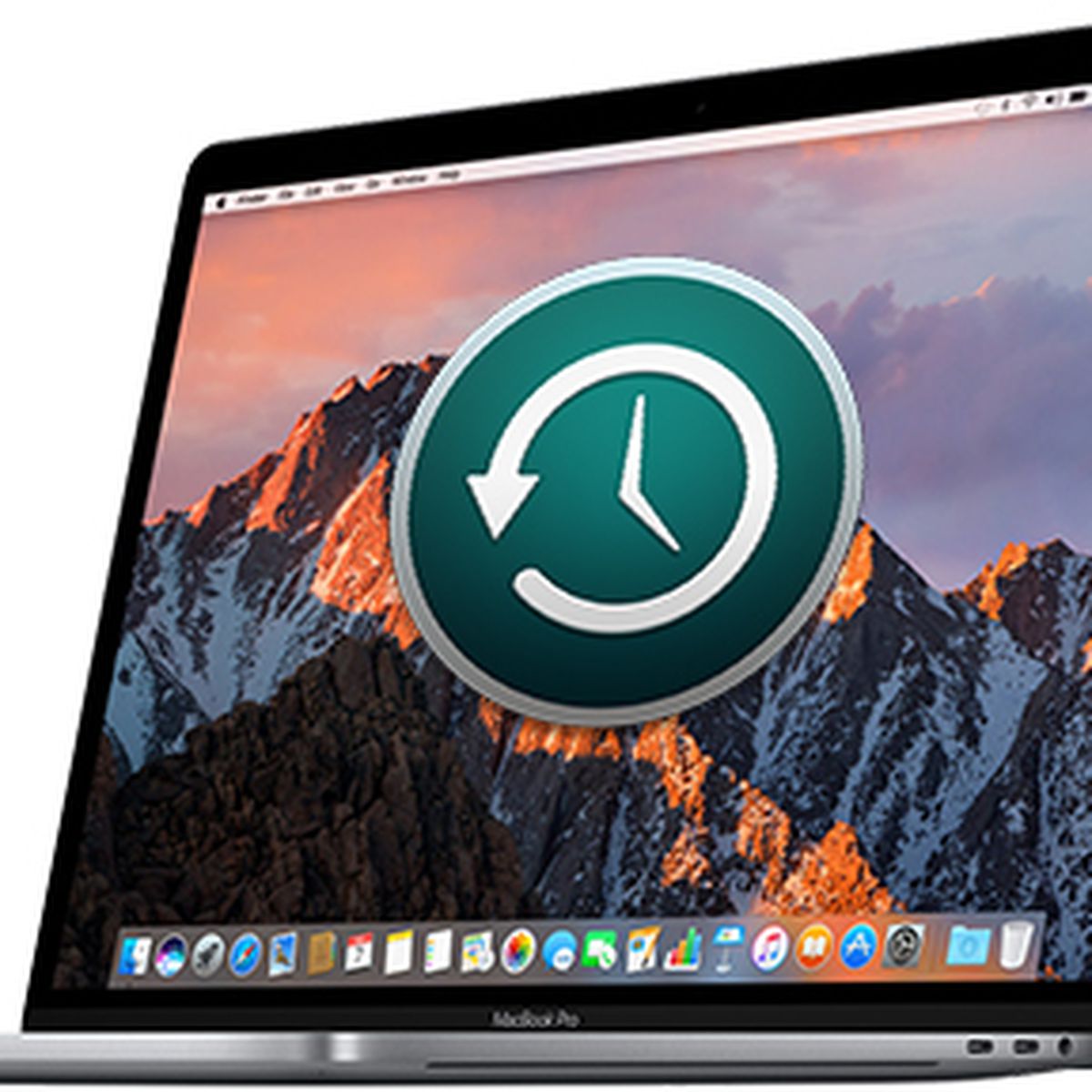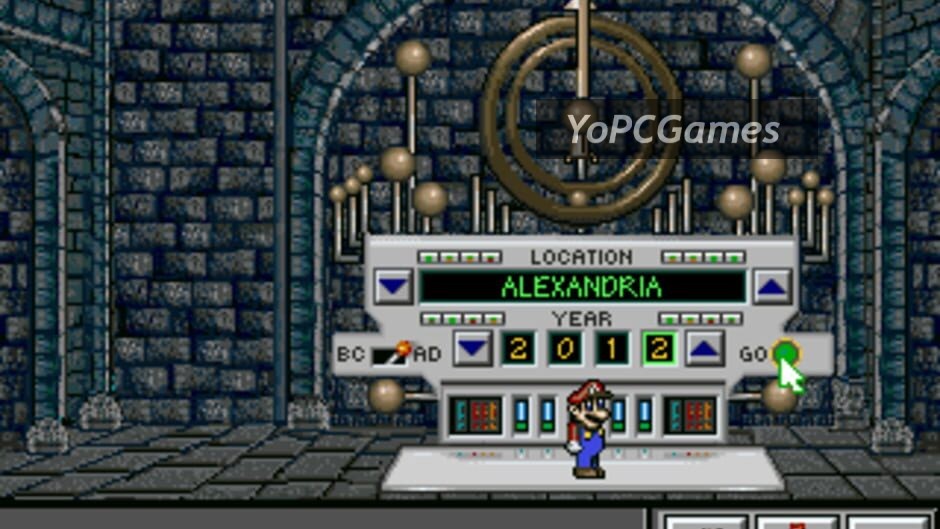
Use Time Machine, the built-in backup feature of your Mac, to automatically back up your personal data, including apps, music, photos, email, and documents. Having a backup allows you to recover files that were deleted, or that were lost because the hard disk (or SSD) in your Mac needed to be erased or replaced. Learn how to restore your Mac from a backup.
Create a Time Machine backup
Here’s how: From your Mac’s menu bar, select the Apple logo on the left side. Select “System Preferences” from the drop-down menu. Select “Time Machine”. Note: These directions will show you how to use Time Machine to set up automatic backups. Select “Automatic Backups” on the left side of the Time Machine window. Time machine is a built-in, pre-installed backup program found on macOS or OSX. In this video, we show you how to setup your Time Machine backup as well as l. Time Machine is the built-in application in macOS that automates the process of backing up your data to an external drive. It’s easy to use, and it makes recovering from a drive failure or a macOS update gone awry as simple as restarting your Mac in macOS Recovery Mode and selecting “Restore from Time Machine Backup”.

To create backups with Time Machine, all you need is an external storage device. After you connect the storage device and select it as your backup disk, Time Machine automatically makes hourly backups for the past 24 hours, daily backups for the past month, and weekly backups for all previous months. The oldest backups are deleted when your backup disk is full.
Connect an external storage device
Connect one of the following external storage devices, sold separately. Learn more about backup disks that you can use with Time Machine.
- External drive connected to your Mac, such as a USB or Thunderbolt drive
- Network-attached storage (NAS) device that supports Time Machine over SMB
- Mac shared as a Time Machine backup destination
- AirPort Time Capsule, or external drive connected to an AirPort Time capsule or AirPort Extreme Base Station (802.11ac)
Select your storage device as the backup disk

- Open Time Machine preferences from the Time Machine menu in the menu bar. Or choose Apple menu > System Preferences, then click Time Machine.
- Click Select Backup Disk.
Enjoy the convenience of automatic backups
After you select a backup disk, Time Machine immediately begins making periodic backups—automatically and without further action by you. The first backup may take a long time, but you can continue using your Mac while a backup is underway. Time Machine backs up only the files that changed since the previous backup, so future backups will be faster.
To start a backup manually, choose Back Up Now from the Time Machine menu in the menu bar. Use the same menu to check the status of a backup or skip a backup in progress.
Learn more
- Learn about other ways to back up and restore files.
- If you back up to multiple disks, you can press and hold the Option key, then choose Browse Other Backup Disks from the Time Machine menu.
- To exclude items from your backup, open Time Machine preferences, click Options, then click the add (+) button to add an item to be excluded. To stop excluding an item, such as an external hard drive, select the item and click the remove (–) button.
- If using Time Machine to back up to a network disk, you can verify those backups to make sure they're in good condition. Press and hold Option, then choose Verify Backups from the Time Machine menu.
Time Machine Mac Download Free
Hey Dobermuffin,
I know it is frustrating to lose the use of your MacBook Pro. I am so glad that you have been making backups of your data using the Macintosh Time Machine application. It will not run on a Windows computer, but as you have Macs available through your family, the best way to do this will be to recover your files to a Mac and then move those files to your new Windows machine.
The Migration Assistant application (located in a Mac's /Applications/Utilities folder) will allow your transfer information from your data from the Time Machine backup to the hard drive of another Mac. See this article -
In particular the section titled Migrate from a Time Machine backup or external drive.
Note step 8. You do not have to transfer everything including applications, computer or network settings. You can just select your home folder, or indeed just portions of your home folder.
Once you have those files on the other Mac you can use one of several methods to move them to your Windows computer. For small amounts of data you can just use a flash drive, you can use a Windows formatted external hard drive, or for a large amount of data you can network the Windows computer with the Mac and use File Sharing to move the files over the network. See this article for how to set up File Sharing on a Mac to work with a Windows computer -
And this one to connect to the Mac from the Windows computer -
Time Machine Mac Download Full
I hope we see you back in the Macintosh world soon!

Thanks for using Apple Support Communities.
Be well,

Brett L
Dec 30, 2014 2:12 PM